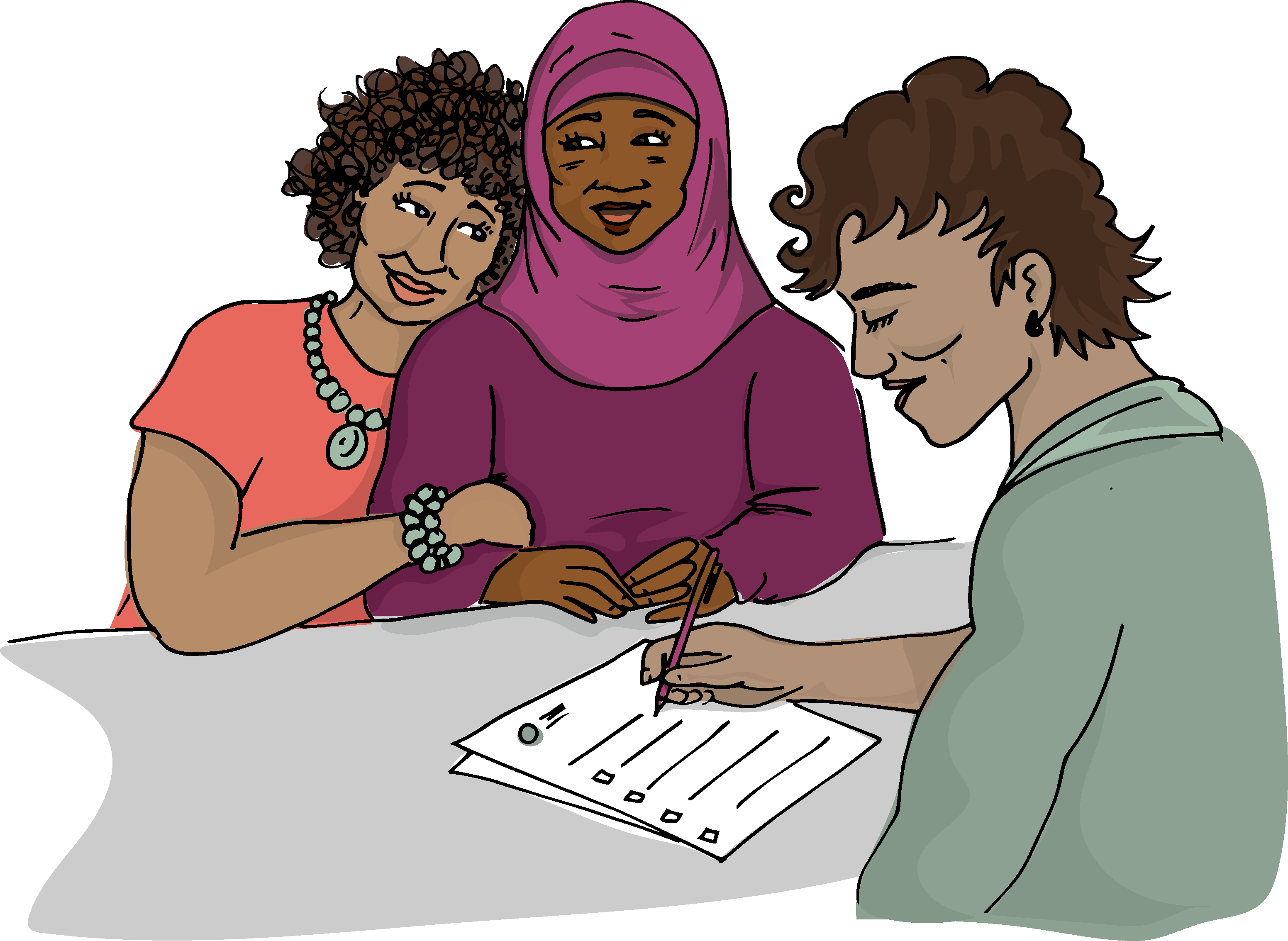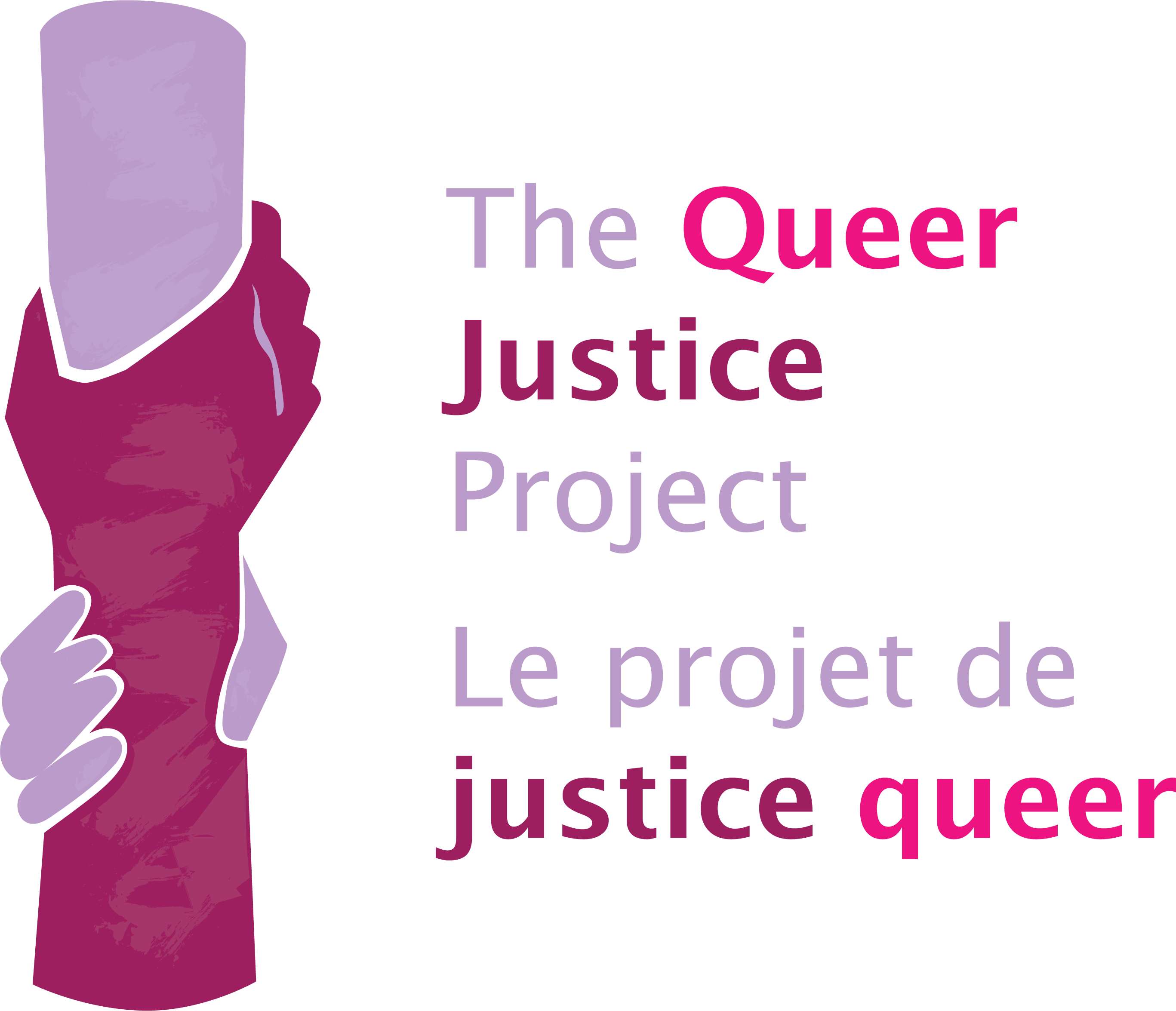
Immigration
Canadian refugee law is based on the UN Convention Relating to the Status of Refugees. Though sexual identity has not been explicitly listed as a grounds for protection, Canadian courts have determined that it is covered under “particular social group”. Queer individuals must demonstrate that they have been persecuted on the basis of sexual orientation or gender identity to claim refugee status.
Many queer-based refugee claimants in Canada are unsuccessful. This is largely due to claims based on sexual orientation and gender identity being misunderstood by immigration and refugee decision makers; the good news is that many of these are successful at the appeal stage. Two other options remain if there is a negative refugee decision: “Humanitarian and Compassionate Grounds” applications and “Pre Removal Risk Assessments”. However, these options are not available until one year after the negative refugee decision..
If you have lived with a partner for over a year (same or opposite sex) in your country of origin, you can identify them as your common-law partner in your refugee claim. If you travel to Canada alone, it is important to recognize your partner and any children in your refugee claim so they can join you at a later time if your application is successful.
If you arrive in Canada without proper identification documents, it is possible that you could be detained until your identity is verified. This can pose unnecessary burdens on trans and gender diverse people. You can also be detained if Canadian immigration officials believe you are a threat to security. Trans people must be detained in accordance with their own gender identity (if that is what they prefer).
Helpful Resources
To find out more, please visit Rainbow Railroad
If you are a queer francophone and need a settlement worker, please visit FrancoQueer
If you are a queer anglophone and need a settlement worker, please visit the 519 Community Centre
If you have a particular legal question or need advice, please contact us
